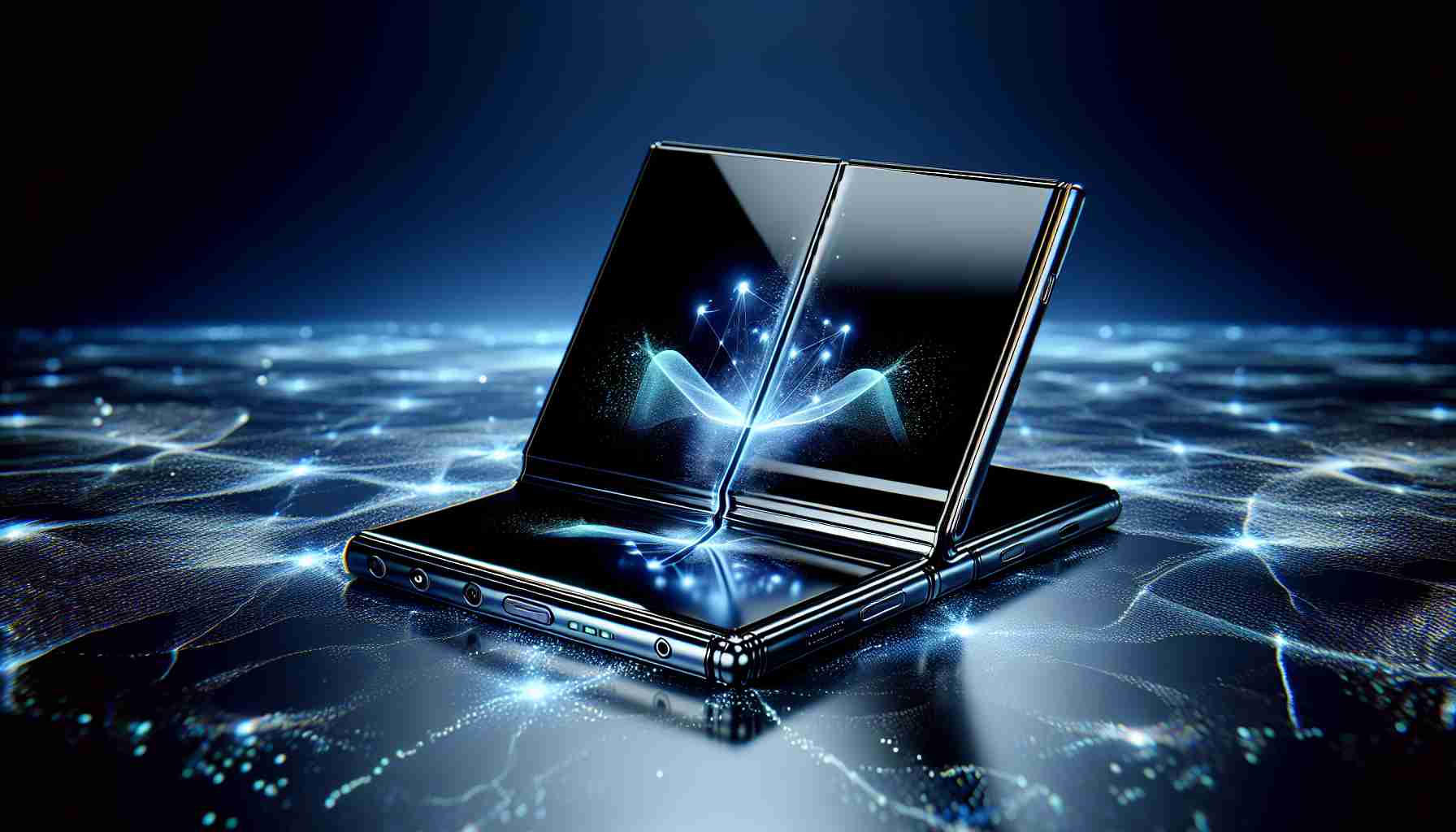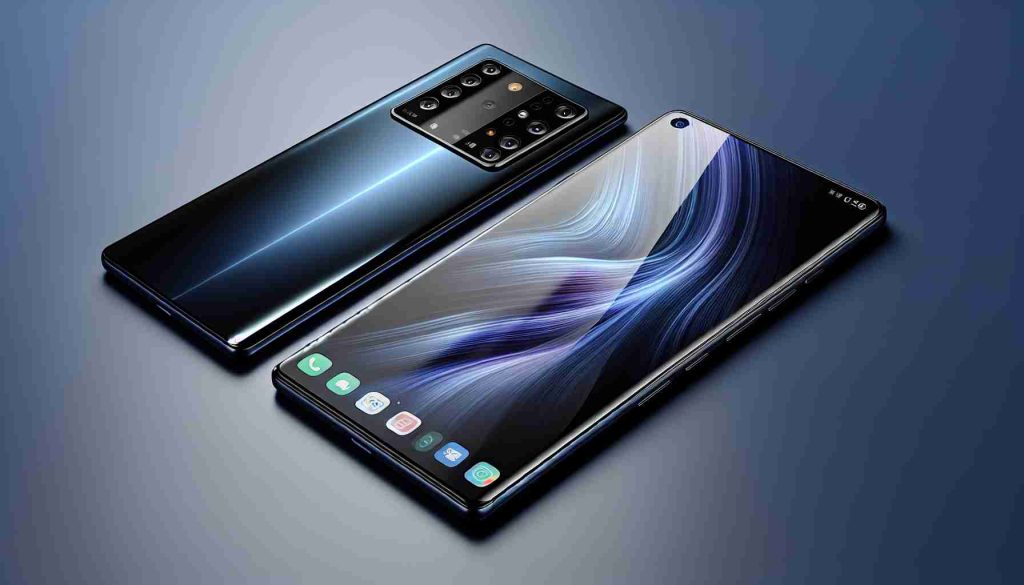Huawei has recently launched an innovative tri-folding smartphone, the Mate XT, which comes with a price tag of 19,999 yuan, marking a new high in the domestic smartphone market. This groundbreaking device is being hailed as both the world’s first tri-folding smartphone and the slimmest of its kind. According to company representatives, the extensive five-year research and development period was crucial to ensure high production standards.
In a competitive atmosphere, Huawei strategically timed the launch alongside Apple’s latest iPhone 16 release, generating significant buzz among tech enthusiasts. Initially, the Mate XT garnered over 2.7 million pre-orders, demonstrating a strong consumer interest that significantly surpasses current demand for folding phones.
Despite the fact that folding smartphones currently represent a small fraction of total smartphone sales, this launch highlights the ambition of Chinese manufacturers in competing with Western giants like Apple. Huawei’s journey reflects a quest to remain at the forefront of smartphone innovation, even in the face of external pressures.
Experts are debating whether the Mate XT will reach the same level of fame as Apple’s iPhone 4, which transformed the industry landscape. While the high price point likely positions the device as a luxury item, it underscores Huawei’s commitment to push the boundaries of technology. As the market evolves, the potential for folding smartphones to reshape user experiences remains a tantalizing prospect, promising to usher in new possibilities for mobile technology.
The Rise of Huawei’s Tri-Folding Phone: A Game-Changer in the Tech Industry
Huawei’s introduction of the Mate XT, the world’s first tri-folding smartphone, is stirring excitement and speculation in the tech industry. But beyond the innovative design and luxurious price tag, several factors and challenges warrant closer examination.
What Sets Huawei’s Mate XT Apart?
The Mate XT distinguishes itself not only by its tri-folding mechanism but also through its advanced features. It incorporates a 7.2-inch AMOLED display when unfolded, which is significantly larger than many current smartphones, allowing for a more immersive multimedia experience. The device also comes with a powerful Kirin processor, boasting capabilities that can rival its competitors on the market. Additionally, its enhanced multitasking features enable users to run multiple applications side-by-side, expanding its functionality beyond that of traditional smartphones.
Key Challenges and Controversies
1. Geopolitical Factors: Huawei has been under scrutiny due to tensions between China and various Western nations, especially the United States. The sanctions imposed on the company have led to hesitancy among potential customers and partners, raising concerns about the Mate XT’s market reach outside China.
2. Competition and Consumer Trust: While Huawei aims to cement its position as a leading innovator, the tri-folding format introduces durability concerns that consumers naturally associate with new folding technologies. Rival companies like Samsung and Oppo have also released foldable devices, and their existing market presence puts Huawei at a disadvantage in gaining consumer trust.
3. Environmental Impact: The production of foldable phones adds complexity to manufacturing processes, raising questions about sustainability. As the tech industry moves towards eco-friendliness, Huawei will need to evaluate and improve the environmental impact of its device production.
Advantages of the Mate XT
– Innovative Design: The tri-folding capability allows for a larger display without sacrificing portability.
– Enhanced Multitasking: Users can run and view multiple apps simultaneously, increasing productivity.
– High-Quality Build: With years of research behind it, the Mate XT aims to deliver durability along with function.
Disadvantages of the Mate XT
– High Price Point: At 19,999 yuan, the Mate XT is positioned as a luxury item, which may limit its consumer base.
– Durability Concerns: Foldable screens have been known to experience wear and tear; the tri-folding design may exacerbate potential issues.
– Market Competition: The device faces strong competition from established brands with loyal customer bases and proven technologies.
Conclusion
Huawei’s Mate XT represents a bold venture into the emerging market of foldable technology, demonstrating the company’s ambition to innovate despite the underlying controversies. As the smartphone industry grapples with evolving consumer preferences and supply chain challenges, the introduction of the Mate XT may not just represent a new device but a shift in how technology could adapt to consumer needs.
For more information on Huawei and its products, you can visit Huawei’s official website.
For insights regarding the impact of folding smartphones on the tech landscape, refer to TechCrunch.























